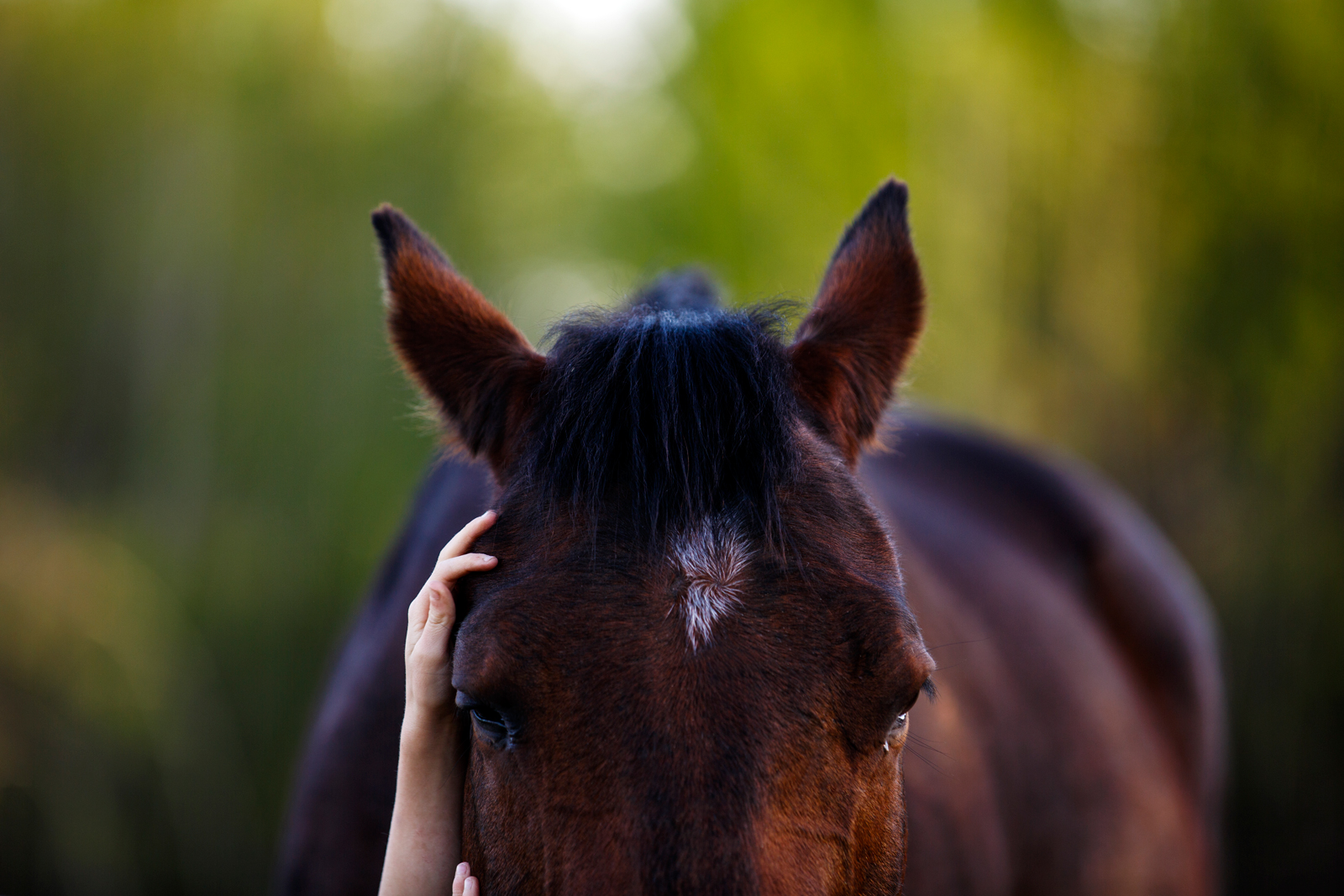A compelling photograph communicates a strong message with viewers. You want viewers to know immediately what your image is about, holding their attention longer. Anytime you can hold the attention of the viewers longer you have created a stronger photograph.
It is important to only include the things that are important to your intended message in your frame. Exclude things that do not serve your message. Too much information can dilute your intended message and negatively affect the overall impact on your viewer.
Isolating your subject is an effective technique to guide viewers’ eyes to what is important within the frame. It gives them immediate clues as to what your intended message is about. There are several ways you can isolate your subject to create a greater impact to your frame.
Shallow depth of field and selective focus
The easiest way to isolate your subject is to simplify the background and foreground is to use a shallow depth of field combined with a selective focus on your subject. This means that you get all that beautiful blur around your subject (yay bokeh!) while the subject itself remains tack sharp. By utilizing a wide aperture (or f-stop), the background and foreground become soft, deemphasizing anything behind or surrounding the subject. When using a wide aperture, choose to focus directly on your subject and they immediately stand out from their surroundings.

Simplify
Utilizing negative space, a plain background or a minimalistic scene naturally directs viewers’ eyes to your subject. The busier an image is, the harder it is for viewers to know what is important!
When composing your image, be aware of what is in the background, foreground and the elements surrounding your subject. If something is not providing value to your frame then simply remove it (either physically or in post processing). To further isolate your subject, you can choose a plain background, remove distractions, or recompose your frame.

Point of View
Your point of view decision controls what appears and what does not appear in the frame. With a simple change in the photographer’s position and the camera position, you can remove unwanted elements, simplify your frame and direct focus to your subject. Try moving to the left or right. Get lower by squatting or laying on your stomach. Get higher by standing on a ladder. Move closer to your subject. Take the time to find the perspective that will best help isolate your subject.

Optics
Your choice of focal length can alter the coverage of your scene and treat the elements in the frame differently. Long focal lengths are the most effective for isolating the subject. Longer lenses narrow the field of view, excluding elements/objects that could be a distraction. Their magnification quality compresses elements and pulls far objects near. This combination of excluding and compressing elements creates a simplified frame, isolating your subject.

Light
Light can reveal or conceal information in a frame as well as create shadows and highlights. The way you choose to use the light can lead viewers eyes through an image and isolate a subject.
One way to do this would be to light your subject with the brightest of the light, letting the background and/or foreground fall into the shadows.
Related: Using the inverse square law for natural light portraits

You can also use the light to create a silhouette of your subject. Silhouettes are an excellent way to add drama and simplify a scene, directing viewers’ focus to your subject. To create a silhouette place your subject between your camera and the strongest light source, set your exposure for the brightest light, ensuring focus is on your subject.
When using backlight, think about creating a halo around your subject to draw focus and separate the subject from the background. The results are beautiful and highly effective for subject isolation.

Color
Color is often tied to emotions making it an especially impactful tool for visual artists. The simplest way to draw viewers’ attention to your subject is to have your subject in a bold color against a neutral background/foreground. This draws focus to the subject because there are no other competing colours to take attention from it.
Another way to use color to isolate a subject is to take advantage of dominant and recessive colors. Dominant colors like red, orange, and yellow, advance forward drawing the eye of the viewer immediately. The greater the intensity of the color, the more dominant it becomes.
By contrast, recessive colours (such as blue and green) recede into the distance, letting the dominant colours stand out. Dominant colours of your subject combined with recessive colours of their background can be useful in creating subject isolation.

Related: 5 ways to create memorable pictures using color
Motion
Motion used to isolate a subject can be implied in two different ways; the method you choose will depend on the circumstances of your subject and their surroundings. When a subject is moving laterally (on the same focal plane), you can use a slow shutter speed and pan the camera with your subject while you press the shutter. The result will isolate your subject with a sharp focus on your subject surrounded by a blurred background.
When the subject is stationary but the surroundings are in motion, you can focus on the subject and use a slow shutter speed to blur the surrounding moving objects. Please keep in mind that both of these methods can be challenging and it takes practice for successful results!

Isolating your subject can dramatically strengthen a photograph by directing viewers attention to your subject. Think about these techniques next time you want to communicate a stronger message to your viewers about your subject. You can even combine different isolation techniques to strengthen your message.
Which of these techniques do you like to use most in your photography? Which are you most excited to try next? Let us know in the comments below!
The post How to create more impactful photo by isolating your subject appeared first on Clickin Moms blog: Helping you take better pictures one day at a time.
Clickin Moms blog: Helping you take better pictures one day at a time






